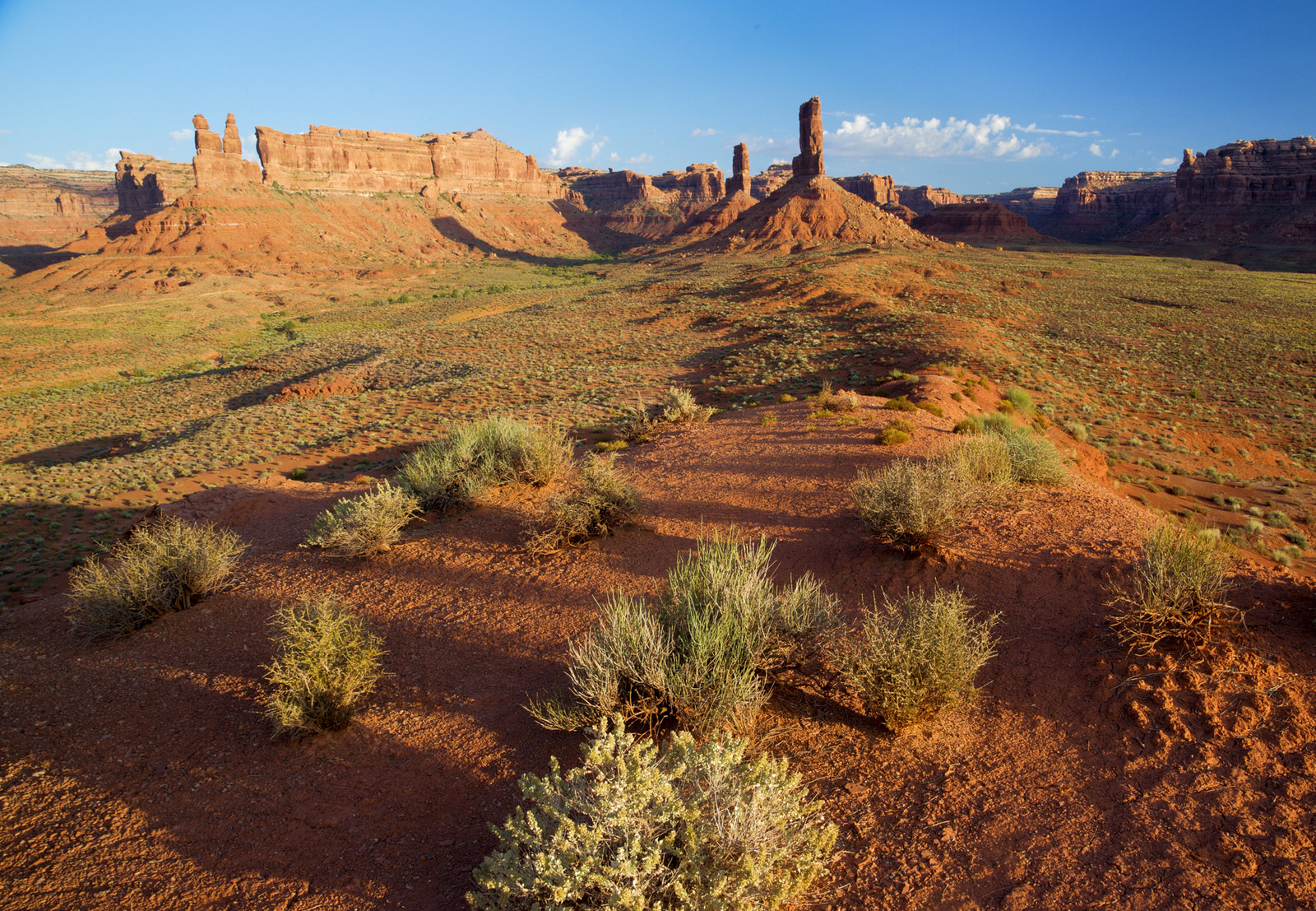
The county's three districts have been in place since 1986. The map was drawn after the federal government filed a different lawsuit on behalf of Native voters who said they were discriminated against. Since then, voters in District Three have consistently elected a Native candidate to the county commission. Native Americans represent a whopping 92.8 percent of the population in District Three. At the same time, the county has refused to redraw the map even though Native Americans represented 55.7 percent of the population in 2000 and 50.4 percent in 2010, according to data from the U.S. Census Bureau. As a result, even though Native residents outnumber White residents in the county, Native voters are outnumbered in District One and District Two. Those districts have consistently elected non-Natives to the commission. The failure to redraw the map prompted the Navajo Nation to sue the county in 2012. Through the lawsuit, the tribe proved that race the motivating factor in the county's failure to redraw the map. "Because Navajo Nation has successfully shown that the county had race-based motives in maintaining the boundaries of District Three, and the county has failed to show that its plan for District Three was in pursuit of a compelling government interest, the court concludes that District Three is unconstitutional under the Equal Protection Clause and the boundary lines for the San Juan County Commission Districts must be redrawn," Judge Shelby wrote in his 33-page ruling. The county's political voice has been a significant factor in the Republican push to redraw the boundaries of the Bears Ears National Monument. The Trump administration, along with allies in Congress, claim the majority of county residents -- including Native Americans -- don't support the monument even through the Navajo Nation itself does. The monument lies within county boundaries. Rebecca Benally, a citizen of the Navajo Nation and a Democrat, represents District Three on the county commission. The other members are Phil Lyman and Bruce Adams, both of whom are non-Natives and Republicans. Judge Shelby approved the public meetings after conducting a hearing by telephone on Monday with the parties in the Navajo Nation's lawsuit. The text of an order he issued after the hearing follows:
On November 16, 2017, the court will hold a public hearing in Monticello, Utah at the Hide Out Community Center from 10:30 a.m. to 12:30 p.m. and from 3:30 p.m. to 5:30 p.m. at the Bluff Community Center in Bluff, Utah. Public notice will be given on the San Juan County's website. Mr. Trentadue will inquire about advertising the public meeting on the San Juan County Record newspaper website and in the newspaper. The court proposes setting up two tables at each site for the public to view large posters of the School Board Districting plans and the County Commissioner Districting plans. Each site will have tables for the public to submit comments and a court staff employee to take feedback from the public. The court requests that the parties provide large posters of the maps for these stations. The court requests that San Juan County provide the maps for the Monticello meeting and the Navajo Nation provide the maps for the Bluff meeting. The court also requested assistance from the parties in providing notice to the community through appropriate means. The parties can request assistance from the court if they need it. The court also requested that Navajo Nation arrange for two translators to attend the public meetings to assist with the meetings and the feedback areas. Navajo Nation can contact the court for assistance if necessary. The proposed plan will be given to counsel no later than Thursday, Nov. 9. Counsel will be informed if a telephone conference is necessary early next week.
Join the Conversation
Related Stories
Navajo
Nation voters seek restoration of polling sites in Utah (September 21,
2016)Non-Indian official decries effort to protect sacred lands in Utah (March 15, 2016)
Navajo citizens sue county in Utah for making it difficult to vote (March 2, 2016)
Navajo Nation wins decision over voting districts in Utah county (February 26, 2016)

